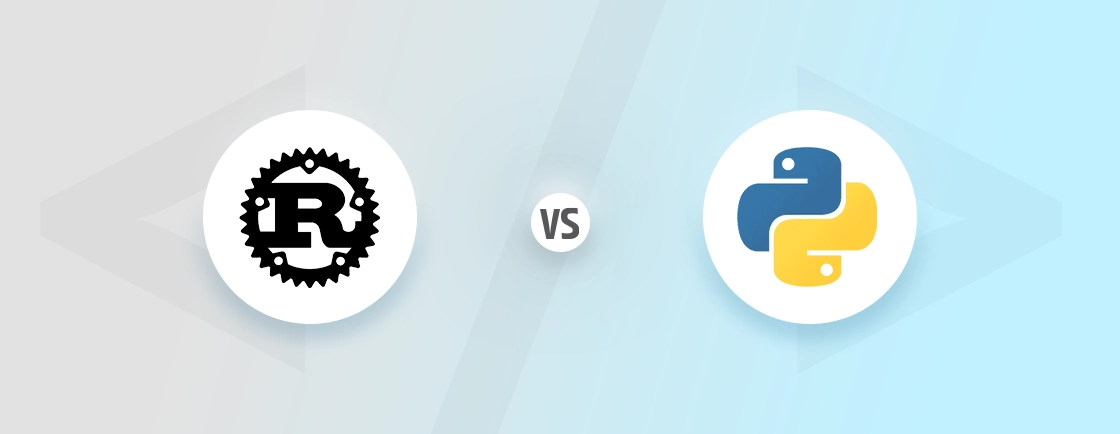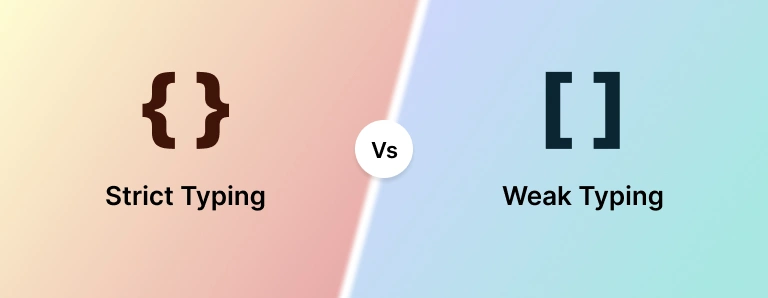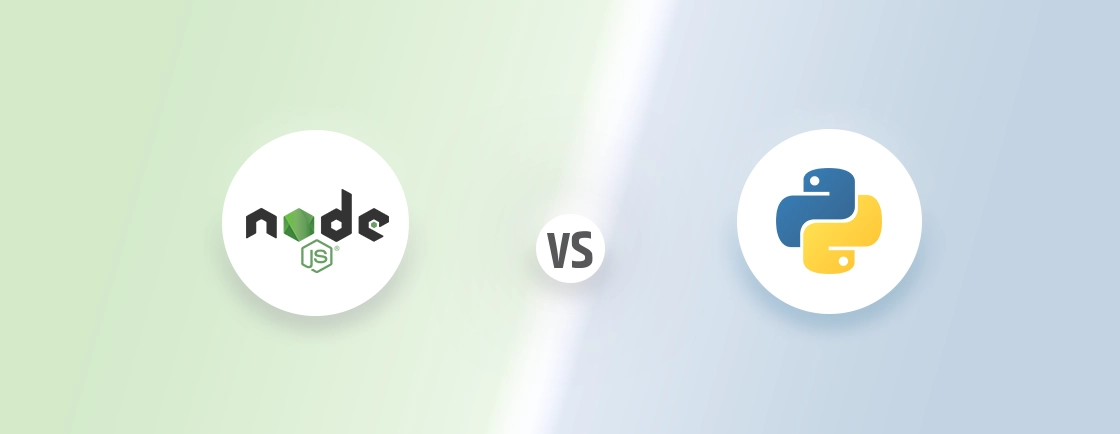Table of Contents
Choosing between Laravel and Ruby on Rails feels like picking between two great tools. Both get the job done, but which one’s right for your project? If you’re a founder or a developer weighing options, the wrong choice could mean slower development and higher costs.
In this blog, we’ll compare Laravel vs Ruby on Rails based on factors like performance, ease of use, and security. It will help you choose the right framework and hire web developers accordingly. With that said, let’s get started with a glance at the key difference between Laravel and Ruby.
Laravel vs Ruby on Rails: Quick Comparison
| Factor | Laravel | Ruby on Rails |
|---|---|---|
| Language | PHP | Ruby |
| Learning Curve | Easier for PHP users, beginner-friendly | Steeper if you’re new to Ruby |
| Performance | Good, but needs optimization at scale | Can struggle under heavy loads without tuning |
| Development Speed | Fast, especially with built-in tools | Very fast, ideal for MVPs and quick rollouts |
| Community Support | Strong and very active | Mature but smaller than Laravel’s |
| Built-in Features | Lots of built-in tools (Artisan, Blade, etc.) | Rich features with lots of conventions |
| Flexibility | Very flexible with less strict rules | Follows strict conventions, less flexible |
| Documentation | Extensive and beginner-friendly | Well-documented but sometimes outdated |
| Ecosystem | Robust (Forge, Nova, Vapor, etc.) | Supported by many gems and libraries |
| Testing Support | Built-in testing tools, but less emphasized | Strong testing framework out of the box |
| Hosting Options | Widely supported across most hosts | Needs more setup; fewer shared hosts support it |
| Job Market | Larger market due to PHP’s widespread use | Smaller, more niche market |
| Scalability | Scalable with proper architecture | Scales well but needs optimization |
What is Laravel?
Laravel is one of the popular PHP frameworks that makes web development smooth and enjoyable. It’s like a toolbox packed with ready-to-use features for routing, authentication, and database management. Developers love it because it cuts out repetitive tasks and lets them focus on building great apps.
The framework follows the MVC (Model-View-Controller) pattern, which keeps code structured and easy to maintain. With built-in tools like Eloquent ORM and Blade templating, coding feels intuitive rather than frustrating. Laravel also has a strong community, so finding help or packages is never a hassle.
Key Features of Laravel
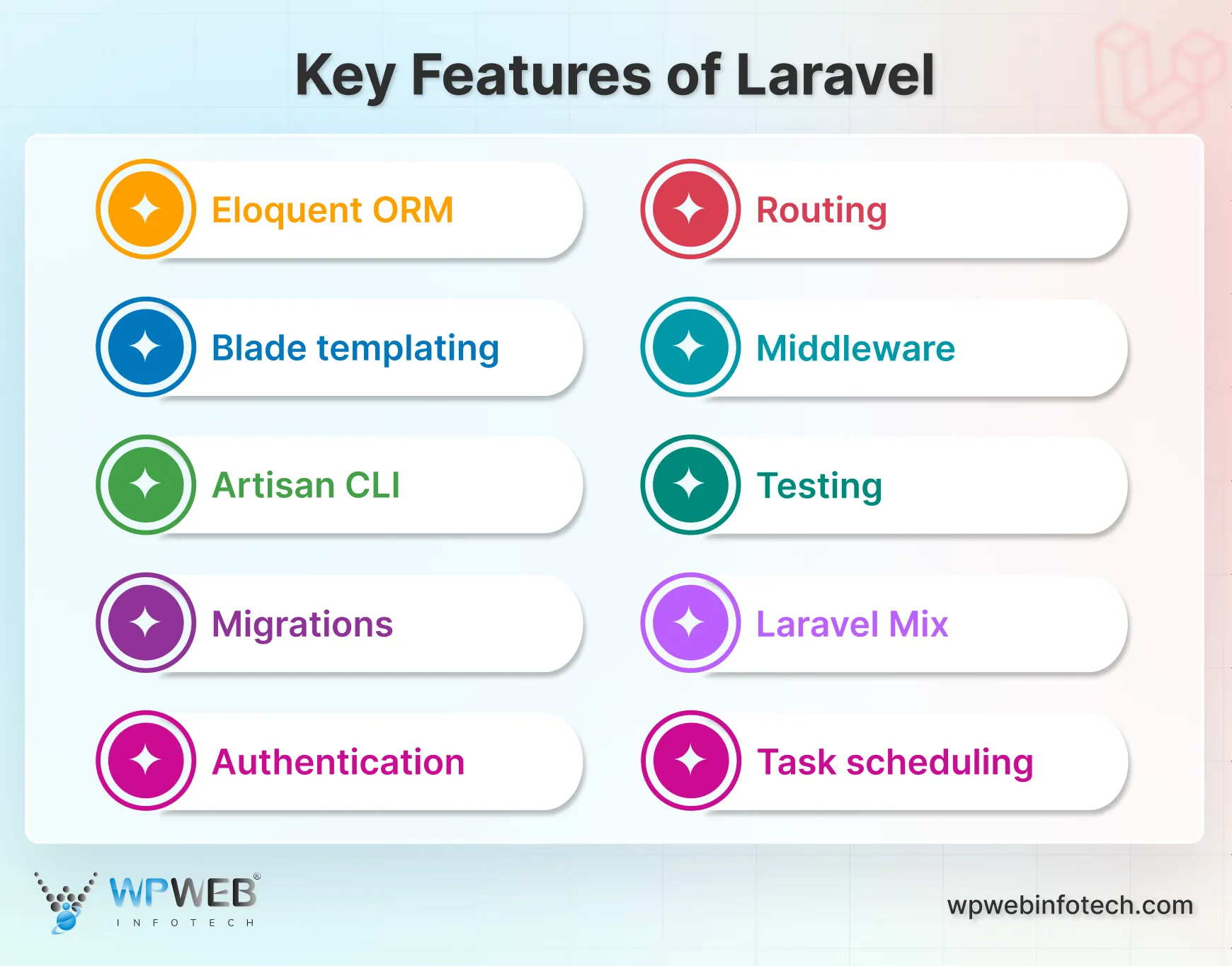
- Eloquent ORM: Works with databases like magic, turning complex queries into simple, readable code.
- Blade templating: Super lightweight templates that make frontend work painless and organized.
- Artisan CLI: Your coding sidekick that automates repetitive tasks with simple commands.
- Migrations: Version control for your database that keeps team changes synced and safe.
- Authentication: Built-in login systems ready to use, saving hours of setup time.
- Routing: Clean, intuitive URLs that make your app’s navigation logical and SEO-friendly.
- Middleware: Acts like a security guard, controlling access to different parts of your app.
- Testing: It comes with PHPUnit out of the box, so you can catch bugs early.
- Laravel Mix: Compiles assets (CSS/JS) without the headache of complex build tools.
- Task scheduling: Automate routine jobs (like emails) without relying on external cron jobs.
Pros of Using Laravel
- Clean and readable code: It’s easy to understand, even if you’re not the one who wrote it.
- Great community support: You’ll find answers fast when you get stuck.
- Built-in tools: Things like Laravel authentication, routing, and caching are ready to go.
- Smooth database handling: Eloquent ORM makes working with databases feel natural.
- Artisan saves time: You can generate code and run tasks with just a quick command.
- Easy to scale: Laravel works well for both small apps and large systems.
- Regular updates: The framework stays fresh with new features and security fixes.
- Great learning resources: There are tons of tutorials, videos, and courses out there.
Cons of Using Laravel
- It can feel too heavy for small projects: Sometimes it adds more than you really need.
- Learning curve for beginners: It takes a bit to get used to the Laravel way of doing things.
- Too many features can be overwhelming: Especially if you’re just starting out.
- Performance may dip at scale: You might need extra tweaks for high-traffic apps.
- Frequent updates: Good for security, but it means you have to keep up.
- Documentation gaps in some areas: You may have to dig through forums or GitHub.
Each feature solves real problems developers face daily, making Laravel feel like it was built by coders, for coders. And for the best results, our professional Laravel development company would be suitable.
What is Ruby on Rails?
Ruby on Rails (or just “Rails”) is one of the top web development frameworks that lets you build apps fast without reinventing the wheel. It runs on Ruby, a language designed for developer happiness, so coding feels smooth and natural. Rails follows “convention over configuration,” meaning it makes smart assumptions so you write less boilerplate code.
Rails includes everything you need—database handling (Active Record), front-end templating, and even built-in security features. It powers big names like Shopify and Airbnb, proving it scales from small projects to massive platforms. If you value clean code and rapid development, Rails might just become your new best friend.
Key Features of Ruby on Rails
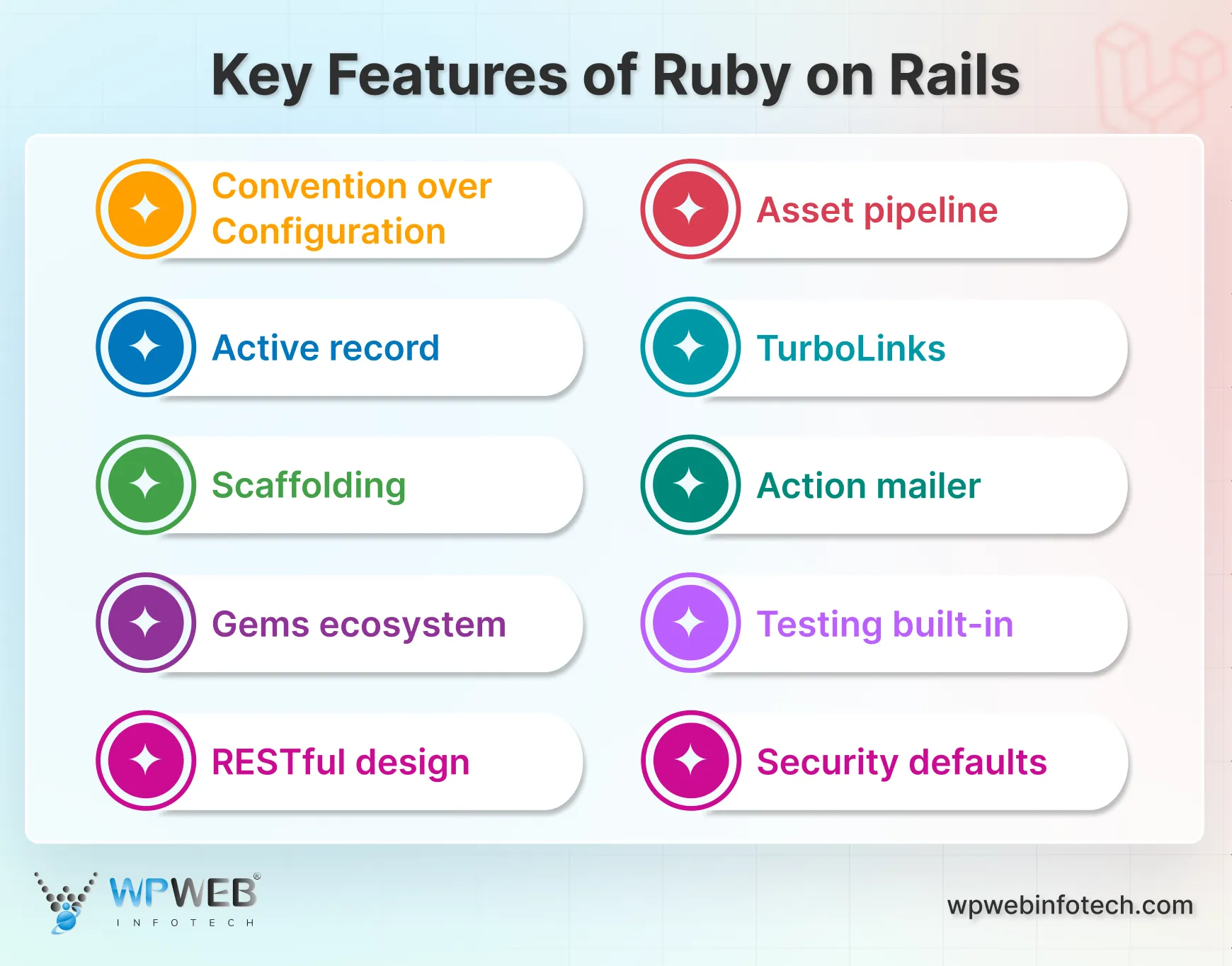
- Convention over Configuration: Rails makes decisions for you so you spend less time setting up and more time building.
- Active record: Turns database tables into Ruby objects so you can work with data naturally.
- Scaffolding: Generates boilerplate code instantly, perfect for prototyping ideas fast.
- Gems ecosystem: Thousands of plugins (gems) to add features without reinventing the wheel.
- RESTful design: Encourages clean, logical routes that make your API intuitive by default.
- Asset pipeline: Manages CSS/JS files effortlessly, even minifying and compressing them.
- TurboLinks: Speeds up page loads by only refreshing changed content, not the whole page.
- Action mailer: Sends emails with minimal setup, perfect for notifications or newsletters.
- Testing built-in: Comes with testing tools so you can catch bugs before they happen.
- Security defaults: Protects against common threats like SQL injection right out of the box.
Pros of Using Ruby on Rails
- Fast development: You can build full apps in less time, thanks to built-in features.
- Convention over configuration: It handles a lot of setup decisions for you.
- Clean and elegant code: Writing Ruby feels almost like writing plain English.
- Strong community: You’ll always find helpful gems, guides, or someone to ask.
- Great for startups: It’s ideal for launching MVPs and testing ideas quickly.
- Built-in testing support: Testing is part of the framework, not an afterthought.
- Scaffolding support: You can spin up working code with just a few commands.
Cons of Using Ruby on Rails
- It can be slow at scale: Performance might drop without careful optimization.
- Steeper learning curve for Ruby: If you’re new to Ruby, it takes time to adjust.
- Too much magic: Sometimes it hides what’s really going on under the hood.
- Upgrading can be tricky: Big version changes may break your app.
- Fewer job opportunities: Compared to PHP or JavaScript, it’s not as widely used.
- Gem overload: Relying on too many third-party gems can cause conflicts.
Rails feels like it anticipates what you’ll need, letting you focus on your app’s unique value. To leverage its full potential, get services from our Ruby on Rails development company.
Detailed Comparison Between Laravel and Ruby on Rails
Choosing between Laravel and Rails depends on your project needs. Both excel but cater to different workflows. Let’s break down key factors to help you decide.
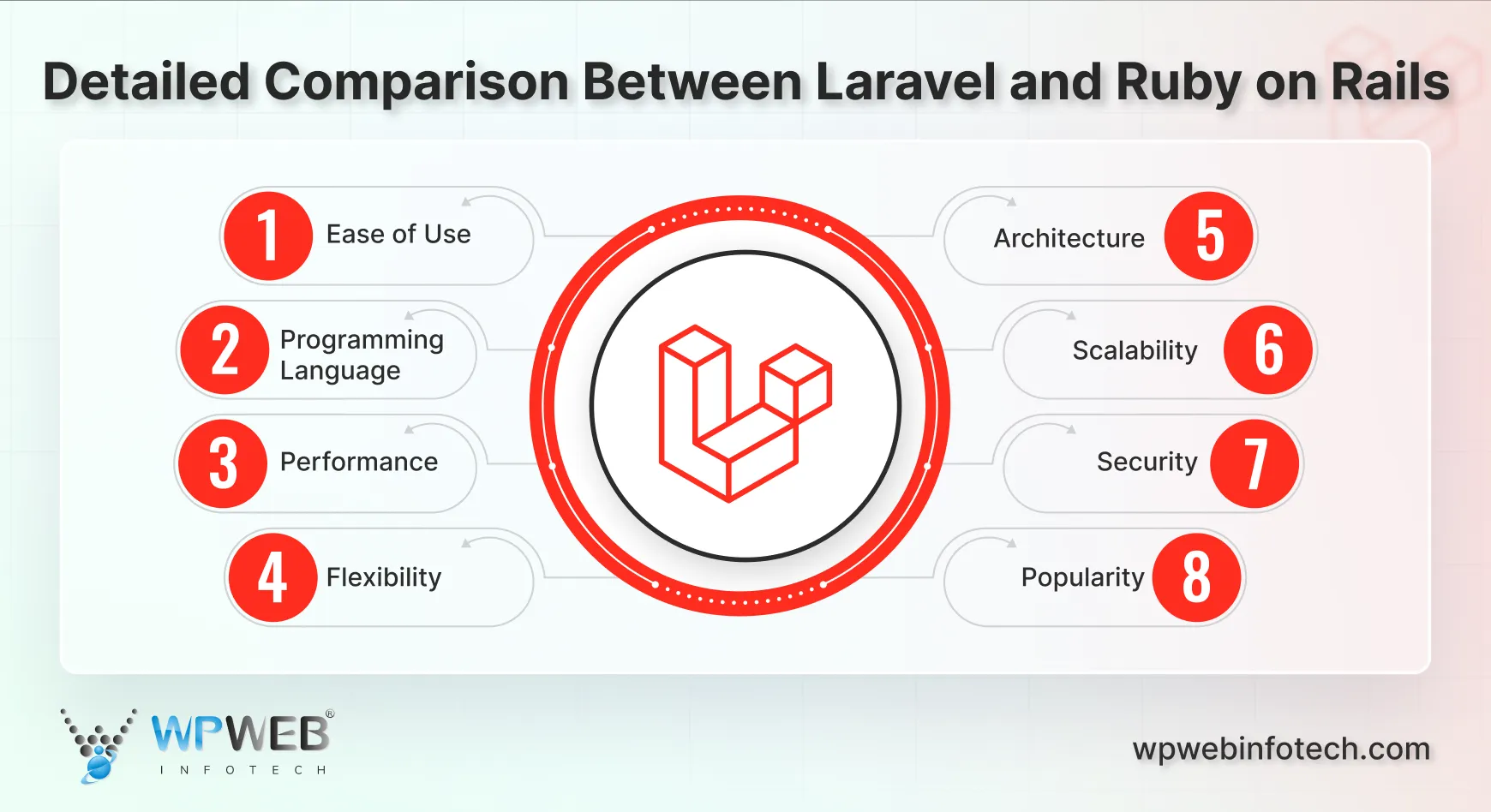
Ease of Use
Laravel is clean, modern, and well-documented. It feels intuitive, especially if you’ve worked with PHP before. The learning curve is gentle, and the community offers tons of resources, which helps when you’re stuck. Everything just feels like it’s built for developers.
Rails relies heavily on “convention over configuration.” That’s great once you’re familiar with it, but it can confuse beginners. Sometimes it feels like magic is happening under the hood, and understanding that magic takes time. Still, the Rails philosophy speeds things up later on.
Verdict: Laravel is more beginner-friendly and easier to get started with right away.
Programming Language
Built on PHP, Laravel benefits from a language that’s everywhere on the web. If you’ve touched WordPress or legacy code, PHP feels familiar. It may not be the flashiest language, but it’s powerful, evolving, and still highly relevant in today’s web stack.
Rails uses Ruby, which is elegant and expressive. It’s a joy to read and write. But Ruby isn’t as common as PHP anymore, so learning it might feel like a niche investment unless you’re working on Rails long-term or love its syntax.
Verdict: Laravel wins if you’re already in the PHP ecosystem or looking for wide job opportunities.
Performance
Laravel’s performance is solid for most projects, especially with PHP 8 improvements. It’s snappy enough out of the box, but scaling and optimization, like caching and queues, might be needed for high-traffic apps. Laravel does offer tools to help when that time comes.
Rails can feel slower on large or complex apps without tweaks. You’ll likely need to lean on background jobs, caching, or performance tuning earlier than you might with Laravel. That said, it’s capable of scaling well—GitHub runs on it, after all.
Verdict: Laravel generally has better performance out of the box with less need for early optimization.
Flexibility
Laravel gives you full control over how you build things. It doesn’t force you into rigid patterns. You can easily customize or extend features, and it works great with packages or APIs. That freedom makes it ideal for unique business logic or custom workflows.
Rails prefers convention and structure. It has a specific way of doing things, which speeds up development but can feel restrictive when you want to go off the usual path. Customizing certain behavior sometimes feels like bending the rules of the framework.
Verdict: Laravel offers more flexibility when building custom or non-traditional features.
Architecture
Laravel follows the MVC pattern, but it’s not overly strict about it. You can organize things your way without breaking the framework. Features like service containers and middleware add layers of structure, but they stay out of your way unless you need them.
Rails is also built on MVC, but tightly integrates components like ActiveRecord. It’s more opinionated, and most of your code fits into its expected structure. That’s helpful for consistency, but it can be limiting if your app has complex or unusual patterns.
Verdict: Laravel’s architecture is more flexible, while Rails sticks closer to its conventions.
Scalability
Laravel can scale well if set up correctly. With tools like Horizon, Redis, and Queues, it can handle growing traffic. It’s not automatically scalable, but you have all the pieces you need to get there without switching stacks or frameworks.
Rails has proven it can scale—big names like GitHub and Shopify run on it. But performance tweaks usually come earlier. You may need to think about background jobs, database optimization, or caching sooner than you might in other frameworks.
Verdict: Both scale well, but Laravel gives you more control over how you get there.
Security
Laravel has solid built-in security features like CSRF protection, input validation, and password hashing. It handles the basics well and makes it easy to follow best security practices. But, like any tool, developers still need to stay alert and patch dependencies regularly.
Rails takes security seriously and includes strong defaults like SQL injection protection, XSS filtering, and secure password handling. It’s designed to guide developers toward safe coding, which helps reduce mistakes, especially for teams following the Rails way.
Verdict: Both are secure, but Rails leans more into secure defaults from the start.
Popularity
Laravel has a massive community, especially among PHP developers. It’s well-loved for its clear syntax and active ecosystem. You’ll find tons of tutorials, packages, and forums. If you get stuck, there’s almost always someone who’s faced the same issue.
Rails had its peak earlier, but it still holds a loyal developer base. It’s not growing as fast as it once did, but it powers big apps and has strong documentation. Fewer new developers are picking it up compared to Laravel.
Verdict: Laravel is currently more popular and actively growing among modern developers.
Laravel vs Ruby on Rails: Which One to Choose When?
Stuck between these two great frameworks? Your project needs and team skills will decide the winner. Here’s when each one shines:
Choose Laravel if…
- You’re working with PHP or need wider hosting options
- Your team values flexibility over rigid conventions
- You’re building content-heavy sites or enterprise apps
- You want access to more job opportunities
- You need to integrate with other PHP systems
Choose Ruby on Rails if…
- Rapid prototyping is your top priority
- Your team appreciates clean, readable code
- You’re building a startup MVP or SaaS product
- You want strong conventions that reduce decisions
- You’re working in a Ruby-friendly tech ecosystem
At the end of the day, both frameworks can build amazing web apps. Laravel gives you PHP’s power with modern elegance, while Rails offers unbeatable speed for getting ideas to market. Pick the one that matches your team’s strengths and project goals.
Final Verdict
When it comes down to it, both Laravel and Ruby on Rails are solid choices, it just depends on what you need. Laravel works well if you prefer PHP, want flexibility, and appreciate a strong community. Ruby on Rails shines when you need speed, convention over configuration, and a mature ecosystem.
Both frameworks has their own rhythm, strengths, and quirks. The key is to match the framework with your project’s size, goals, and the experience of your team. Making the right call early can save time and help your website grow more smoothly. It’s not about which one is better, it’s about which one is better for you.
So, want help with building the best website with a suitable platform? Then consult with our web development professionals today!
FAQs on Laravel vs Ruby on Rails
Which is easier to learn, Laravel or Ruby on Rails?
Rails wins for beginners thanks to its “convention over configuration” approach that reduces setup time. Laravel’s learning curve is steeper if you’re new to PHP, though its documentation helps. Your background matters – PHP devs adapt to Laravel faster.
Is Laravel better than Ruby on Rails for startups?
Rails is a popular pick for startups because it lets you launch fast with fewer decisions to make. Laravel is great too, especially if you’re on a tight budget or prefer flexibility. It really depends on your team’s skills and project type.
Should I learn Laravel if I know Ruby on Rails?
It’s worth exploring if you want PHP skills or need to work with WordPress/Laravel projects. The concepts transfer well, though PHP’s syntax feels complex after Ruby. Learning both makes you more versatile in the job market.
Which is faster, Laravel or Ruby on Rails?
Ruby on Rails is often faster when it comes to development speed due to its “convention over configuration” approach. Laravel gives more control but may take a bit longer to build things. Both can be optimized for runtime speed depending on your setup.
Are Laravel and Ruby on Rails secure?
Both frameworks have strong security features built in. Laravel handles things like CSRF, SQL injection, and XSS by default. Rails also comes with solid security practices, so your app is safe as long as you follow best practices.
Compare the best tech side by side.
Our in-depth comparisons help you see features, pros & cons, and choose the right tools confidently.



